The historical event I am about to narrate to you is a real-life event in African history that has not been well-covered in our history books. Many people are skeptical of the legitimacy of this event in African history, as it has not been internationally memorialized as compared to others. In fact, it was one of the worst genocides in human history and one of the darkest periods in the European conquest of Africa. It is a story about exploitation, greed, and man’s inhumane behaviour toward others.
This is the narrative of a European king who was motivated by his aspirations for power and wealth. A man who saw a whole country as a resource that could be used for personal gain, no matter how the natives felt. The person in question is none other than King Leopold II, who was the second king of the Belgians from 1865 to 1909.
Leopold was born in Brussels and was the second-oldest son of King Leopold I and Queen Louise. In 1865, he assumed the role of King of Belgium and ruled for a period of 44 years, without any surviving legitimate sons. This was the longest reign ever experienced by a Belgian monarch. The present monarch of Belgium, Philippe, is a descendant of his nephew and successor, Albert I.
Many in Belgium view Leopold as the Builder King of Belgium because he built many buildings, cities, and public works. His reign as the ruler of the free state of Congo was marked by atrocities and systemic brutality, earning him the nickname “Butcher of the Congo” by Africans and historians. The gravity of Leopold’s atrocities against humanity in the Congo was so severe that the country’s population dropped from a staggering twenty million to a paltry ten million during his reign.
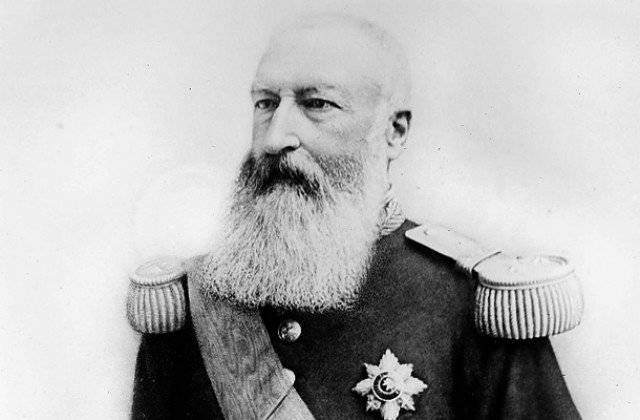
King Leopold II
Nearly every calamity that occurred in the Congo was orchestrated through the Berlin conference of 1884. That conference’s round table was where Europe laid out its strategy for grabbing Africa’s resources, a strategy that’s often referred to as the Scramble for Africa.
The Berlin conference of 1884 and Europe’s scramble for Africa
The Berlin Conference of 1884, also known as the Congo Conference or the West Africa Conference, was the period during which major European powers convened to engage in negotiations and formalize claims to territories in Africa. Portugal suggested the conference because they wanted to control the Congo river. This was due to the jealousy and suspicion with which the great European powers viewed each other’s attempts to colonize Africa. This conference marked the beginning of the European competition for African territory, a process commonly known as the Scramble for Africa.
Before the Berlin conference, European nations, such as Great Britain, France, and Germany, were already exploring African natural resources for their expanding industrial sectors. These governments had already initiated plans to dispatch Scouts to Africa to discover resources that would aid them in advancing their industrial revolution. The scramble for Africa was equally fascinating to King Leopold II of Belgium, who wanted to build up his fortune.
Otto von Bismarck, the first chancellor of the German Empire, felt compelled to join the bandwagon and claim African resources to make Germany’s commercial interests better. Nearly every European nation desired a share of the abundant resources of Africa. This sparked a scramble for Africa. The scramble led to conflicts between European powers, especially the British and French in West Africa, the Portuguese, and British in East Africa, and the French and King Leopold II in Central Africa.
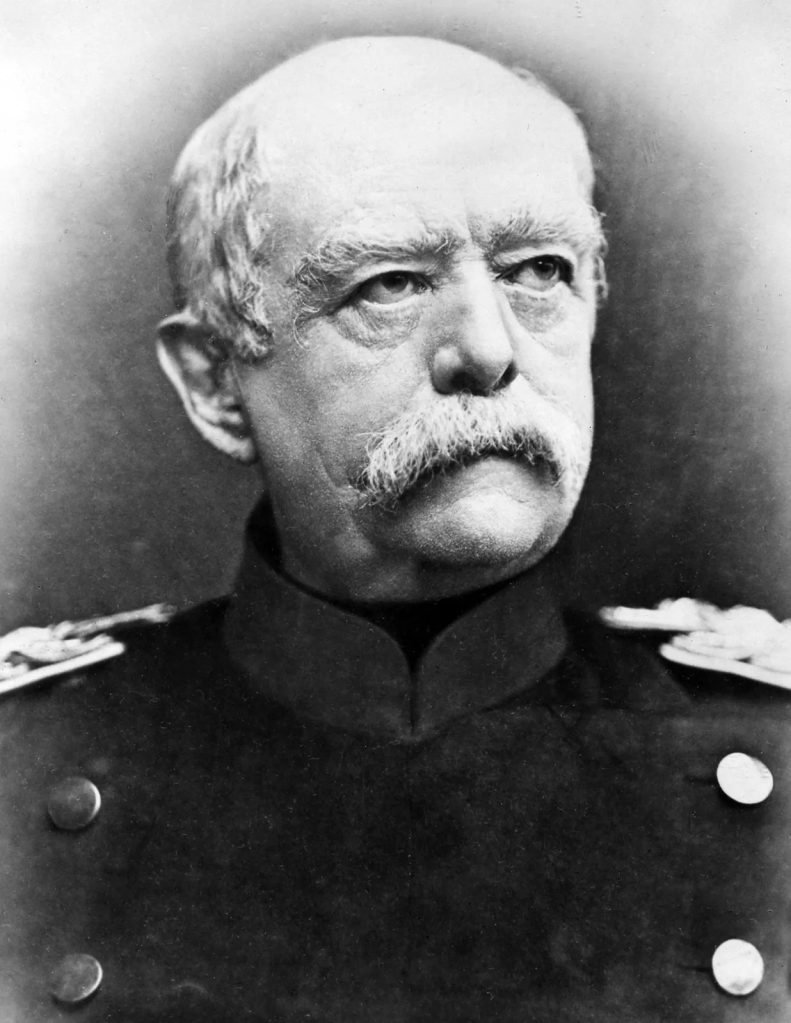
The rivalry between Great Britain, Portugal, and France over the hunt for Africa prompted the German chancellor to step in, and in late 1884, he convened the first meeting of European powers in Berlin. Before that, Leopold II of Belgium had already asked the German chancellor to set up a meeting of European leaders to talk about how they could divide Africa in peace.
During the meeting, the leaders chose which parts of Africa they wanted and agreed to make borders but still trade with each other. They also established a framework for the negotiation of future European claims in Africa.
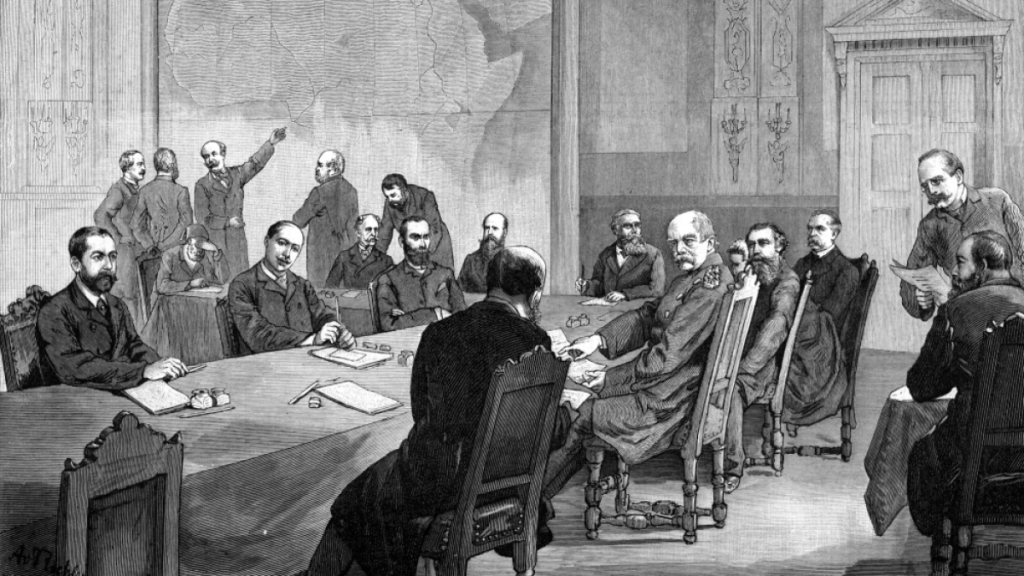
Regrettably, there was no presence of an African representative at that gathering, and neither the Berlin Conference nor the proposed framework for future negotiations provided a secure avenue for the African people to negotiate the division of their ancestral territories. Although the Berlin Conference may not have initiated the European colonization of Africa, it did legalize and formalize the process that would follow. As Africa slept, others were plotting her downfall.
In 1885, the leaders of thirteen European nations and the United States convened once again in Berlin, this time to deliberate on the establishment of a colony in Africa. After the second Berlin conference, many European countries began to claim more land in Africa. By the late 19th century, European countries had claimed almost 90% of the land in Africa. The Scramble for Africa was at its height.
Between 1885 and 1914, the African continent experienced conflict, as major European nations seized territory and authority from the existing African states and their citizens. As Europeans were unaware of Africa, they coined the expression “Africa, the dark continent.” Eventually, the term “dark continent” became confused with the idea that Africa was a dangerous and violent place where people lived.
Despite harnessing the power of Africa to propel their industrial revolution, European scholars began to alter historical narratives by arguing that Europe’s decision to colonize Africa was influenced by the African people’s barbarism and their incapacity to govern themselves. This false assertion was made to justify their invasion of Africa. This led to the labelling of Africa as a primitive continent, even though, before the arrival of the Europeans, the continent was stable, populated by thriving tribes who tapped into their resources to support their people. These fabricated stories prevented future Europeans from learning about the rich history and cultures of African tribes and kingdoms.
By 1914, every African country had fallen under the sway of European exploitation, and the only independent African states were Liberia and Ethiopia. European missionaries, who were aware of the illegality committed by their proprietors, were sent to carry out the religious mission of propagating Christianity and convincing the African populace to submit to the demands of their new colonial masters. This caused Africa to be divided into different colonies and borders with restrictions.
How King Leopold gained power in Congo
In the latter part of the 19th century, Henry Morton Stanley, a Welsh-American explorer who gained fame for his exploration of Central Africa, embarked on a voyage to the Congo River. He returned from his travels with a comprehensive report explaining how the abundant resources in the Congo could be utilized to advance European dominance. The British didn’t pay attention to his report on the Congo, but King Leopold was intrigued and asked Henry Stanley to investigate the possibility of owning a piece of the Congo for himself.
Some historians believe that King Leopold’s desire to claim the Congo was driven by jealousy toward his niece, Queen Victoria of Great Britain. King Leopold was the paternal uncle of both Queen Victoria and Prince Albert. His first marriage, which took place in 1816, was to Princess Charlotte, Victoria’s cousin. Charlotte died in childbirth in 1817. In 1830, Leopold accepted the Belgians’ invitation to be their king.
King Leopold viewed himself as an important person. However, in the 1870s, Leopold only controlled a small part of Belgium. Queen Victoria, on the other hand, held the title of Queen of Great Britain and Empress of India, in addition to possessing an entire empire. Leopold was aware of this and was determined to build himself an empire. The Congo became the empire that he so desperately needed. Leopold’s selection of the Congo stemmed from his knowledge gained from Henry Stanley’s report, which revealed the land’s abundant natural resources, including rubber, ivory, and valuable minerals.
In 1879, Leopold enlisted the help of the same explorer, Henry Stanley, who would later serve as a scout for him in his pursuit to conquer the Congo. Stanley’s primary goal was to return to the country and explore, compiling a detailed map of the entire country. Stanley would later engage in negotiations with various local leaders in the region on behalf of King Leopold, claiming to forge Belgian commercial ties and alliances. The mission of Stanley was successful, as Leopold used the data he gathered to establish a settlement in the Congo.
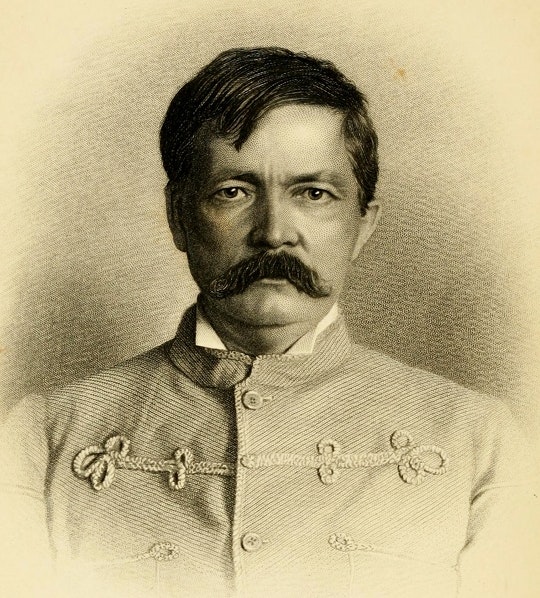
Initially, Leopold made a promise to aid the indigenous people of the region by facilitating free trade and ending slavery. He also pledged to enhance their resources and promote the ideals of civilization and Christianity among the locals. But this was never his goal, as his real motives were purely financial. History would show that his main goal was to expand his empire in the Congo.
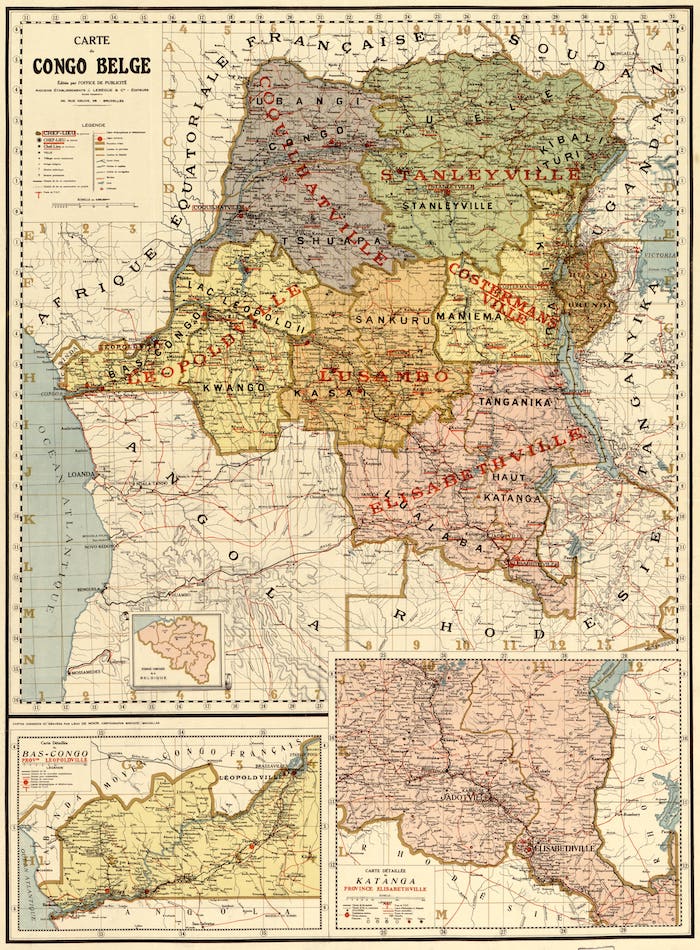
Leopold later claimed the Congo basin as his property instead of a Belgian colony. He referred to the region as his second home and called it the free state of Congo. However, this was not the case because the locals who lived there were not completely free.
Read more: The War in the Democratic Republic of Congo is getting worse and no one cares
Leopold’s goals were not only about money; he was also motivated by the idea that African people were inferior to people of European descent. He held the belief that Africans were incapable of self-governing, despite not being a citizen of any African nation. Leopold believed that Africans required European help to realize their self-actualization. This racist ideology justified the brutal treatment of the Congo and its people.
How the Congolese fared under Leopold’s reign
In 1902, Joseph Conrad wrote a story called “Heart of Darkness” about King Leopold’s rule over the Congo. The main protagonist and narrator in the book was Charlie Marlow, who took a steamboat trip up the Congo River to meet a colonial administrator. When he arrives, he is disgusted by the greed and cruelty of European officials in the Congo.
The situation in the Congo was depicted in the book “heart of darkness” and appeared to be an authentic account. Between Conrad’s visit and the publication of Heart of Darkness, the Congo Free State deteriorated into a deplorable place where the locals were exploited for the purposes of imperialism.
Under Leopold’s rule, the Congo free state was plagued by terror and cruelty. Many Congolese were enslaved, tortured, and executed. Because of his focus on the rubber industry, he forced the Congolese to work in rubber plantations.
Leopold not only concentrated on rubber-sales ventures, but also made investments in precious metals such as copper and diamonds. The revenues from these resources were immediately put in his pockets. The Matadi Railway Station was one of the projects that the Congolese people were forced to work hard on. Sickness, starvation, and unsanitary working conditions led to the deaths of numerous workers who couldn’t handle the pressure of the jobs.
To enhance his authority and maintain control over the Congolese populace, Leopold established a private security force known as the Force Publique Soldiers (Public Force). This army, primarily comprised of black Africans, was renowned for its brutality, and its soldiers were notorious for their gruesome acts of violence against the locals.
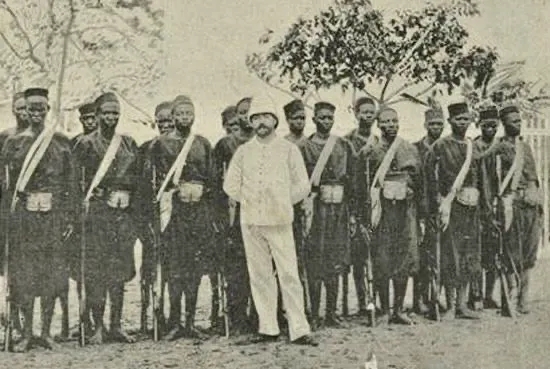
The Force Publique Soldiers used numerous methods to terrorize and control the Congolese. One method employed to motivate plantation workers was to dismember the hands of those who failed to meet their weekly quotas.
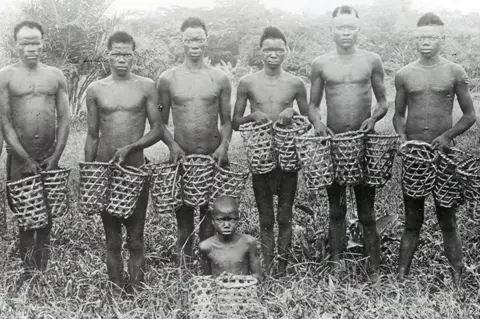
By dismembering the Natives’ hands, Leopold was able to exert control over how Force Publique officers utilized their ammunition. He also desired to determine the quantity of hands that each soldier was required to remove by instructing them to bring them in baskets. Any village that refused to provide a weekly rubber quota would immediately be massacred.
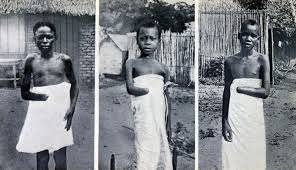
The Congo-free state was symbolized by the baskets filled with dismembered hands, which were placed at the feet of Leopold’s European post commanders. Having plenty of severed hands became a goal in itself. Force Publique soldiers were instructed to bring severed hands of the natives to the stations instead of rubber, with some going out to harvest them instead.

This heinous act evolved into a form of currency, as it was used to compensate for shortfalls in rubber quota. Some soldiers of the Force Publique received their bonuses based on the number of hands they accumulated, according to reports. Workers who had relatives were used to seeing them held hostage or mutilated until Leopold’s income cap was reached. Leopold’s Congo-free state was transformed into a crime scene.
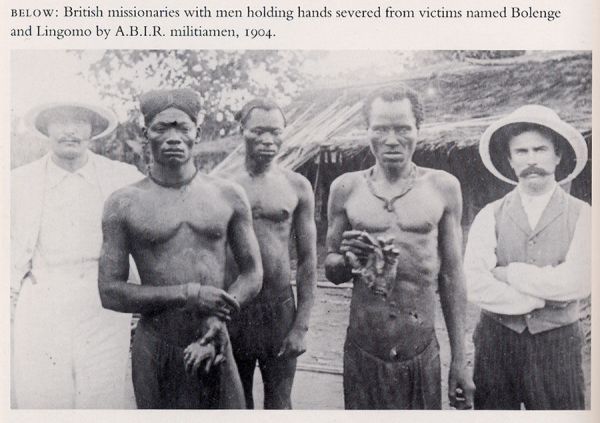
Moreover, King Leopold’s security forces employed the strategy of division and conquest to initiate conflicts among diverse Congolese tribes. Because of this, the region became more unstable, and there was a climate of fear and mistrust. The land of unknown horrors came to be known as the Congo Free State. This was the way in which the Congolese lived during the reign of King Leopold.
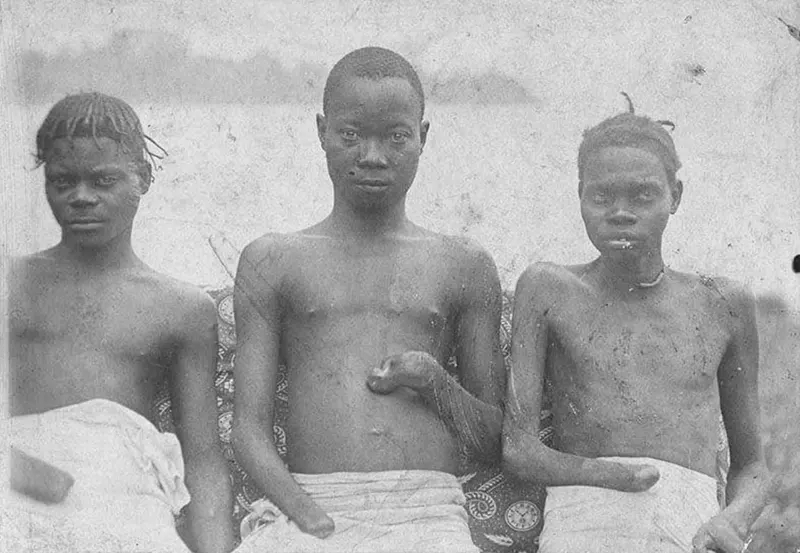
Leopold tried to present himself as a leader who was bringing civilization and progress to a people he called primitive and uncivilized. He asserted that his system of governance was imperative in establishing order and stability in the region and safeguarding the Congolese from other African tribes.
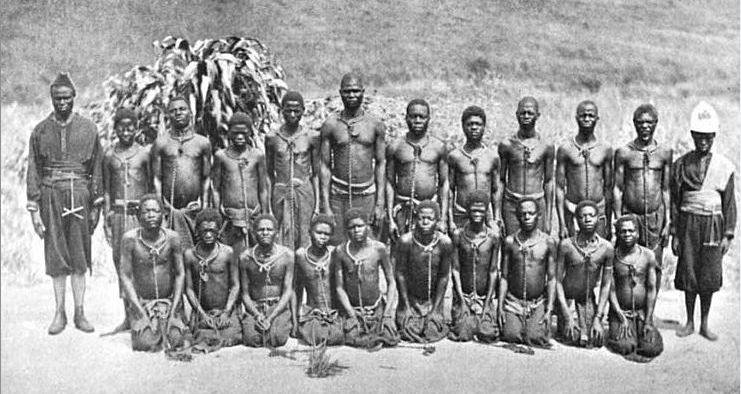
Due to Leopold’s brutal system of governance, the Congo’s population was halved within two decades. This was due to the large amount of torture, rape, murder, and mass deaths of the indigenous people caused by rubber harvesting. This resulted in Leopold acquiring a fortune of over $1 billion (in modern-day conversion).
How King Leopold’s crimes in the Congo spread to other parts of the world
The atrocities committed by Leopold in Congo were not concealed from the rest of the world. A popular campaign movement was formed to force Leopold to renounce his ownership of the Congo after growing scrutiny of his regime.
Three notable individuals, namely George Washington Williams, a writer, Edmund Dene Morel, a journalist, and Roger David Casement, a missionary, decided to aid in disseminating information regarding King Leopold’s heinous crime against humanity in the Congo.
The first international protest occurred in 1890, when George Washington Williams wrote an open letter to Leopold detailing the exploits he had witnessed on his visit to the Congo. In a letter to the Secretary of State, he referred to the conditions in the Congo as ‘crimes against humanity,’ coining the phrase, which would later become an essential lingo in international law.
When people in Europe and America heard about mutilations in Congo, they became more interested in what was happening there. To appease public opinion, Leopold established a Commission for the Protection of Natives, composed of foreign missionaries. However, he made a limited number of serious attempts at implementing that reforms.
The activist and pamphleteer E. D. Morel, who wrote Red Rubber (1906), spearheaded the British campaign against Leopold madness in the Congo. The campaign featured notable figures like Mark Twain, Joseph Conrad, and Arthur Conrad Doyle, as well as Belgian socialists like Emile Vandervelde.
Read more: DRC Crisis: How Western nations are fuelling further bloodshed in the DRC
May 1903 saw British lawmakers debate and ultimately condemn the Congo-Free State. The British consul in Boma, Roger Casement, embarked on a tour of the Congo a few days later to find out the true extent of the violations. His report was presented in December 1903, and a revised version was forwarded to the authorities in February 1904.
To suppress British criticism and preserve the Congo’s labour force, Leopold promoted measures to combat disease. Experts from the Liverpool School of Tropical Medicine were invited to provide help. Free State officials defended themselves against accusations that their policies were causing a population decline in the Congo by attributing the losses to smallpox and sleeping sickness.
Even though supporters of the Free State regime tried to deny the allegations of atrocities, a Commission of Enquiry, set up by the regime in 1904, confirmed the allegations of atrocities. This led to more pressure on the Belgian government.
In the year 1908, the British government convened an international conference in Brussels to deliberate on the future prospects of the Congo. This meeting ended Leopold’s rule in Congo. The reign of the King of the free state Congo ended in 1908, when Belgium took over the management of the colony, partly in response to the worldwide outrage sparked by the revelations of his heinous conduct.
The situation remained unchanged, as history serves to reaffirm that white colonial rule in Africa has not been kind to indigenous populations. Many officials who had formerly worked for and supported Leopold’s Free State were retained in their positions long after the annexation. Instead of enabling the Congolese to achieve self-reliance and assert their independence, the Belgian government employed a tax to compel Congolese to work for European employers. The Congolese were also bound to serve a certain number of days a year for infrastructure projects after Leopold’s Free State ended. Further suffering and exploitation persisted for the Congolese under colonial Belgian rule, and it took them until the middle of the 20th century to achieve independence.
Conclusion
The reign of Leopold in the Congo was marked by a fusion of ambition, greed, and a total disregard for humanity. His extravagant lifestyle was a reflection of his obsession with power and his love for luxury. He was also renowned for his charming demeanour, wit, and deceitfulness, which he utilized to garner the support of numerous influential individuals in Belgium and abroad.
On the Belgian front, Leopold was viewed as a visionary leader who transformed his country into a modern and industrialized one. He was instrumental in encouraging economic growth, expanding the rail network, and upgrading the country’s infrastructure. Unfortunately, he wasn’t able to replicate the same feat in the free state of Congo.
Leopold’s involvement in the massacre of more than 10 million Africans has left a troubling mark on his legacy. The genocide that he committed in the Congo has been referred to as the largest and most inhumane genocide in the history of mankind. The figures are staggering, with millions of individuals losing their lives due to direct violence, starvation, or disease. Unfortunately, despite the huge death toll, the dark exploits of King Leopold in the Congo are not widely circulated as an integral part of world or African history.
It is often said that time heals everything, but this is not the case for the Congo. The Congo is still experiencing the devastating consequences of Belgium’s reprehensible rule. Belgium has committed grave human rights violations in Congo, and it is regrettable that it has yet to offer an apology. King Phillipe of Belgium, who is related to Leopold, has not yet publicly apologized to the Congolese people for violations of human rights committed by his family. King Leopold was the brother of King Phillipe’s great-great-grandfather, making him not only a successor but also a member of his family.
The mindset remains consistent, regardless of whether it is Britain or Belgium. Refusing to apologize for your country’s past violations of human rights is a slap in the face for millions of Africans who have been harmed by it in various ways. Colonization, as seen from a neocolonial liberation perspective, hampered Africa’s true development, resulting in its inability to progress. Nearly every country that was colonized by the Europeans has experienced or is currently experiencing political, economic, and social instability.
As we move forward, we must not overlook the tenacity and courage of the Congolese people who stood up and endured Belgium’s oppressive colonial regime. From the anti-slavery campaigns spearheaded by Simon Kinbangu to the call for freedom led by Patrice Lumumba, the people of Congo have repeatedly demonstrated that they will not succumb to silence or oppression.
Vive le peuple congolais!
Sources
Jasanoff, M 2017, ‘How Heart of Darkness Revealed the Horror of Congo’s Rubber Trade‘ Literary Hub
Harford, T 2019, ‘The horrific consequences of rubber’s toxic past‘ BBC Monitoring
Image
The Freedom of Thought (Image Link)
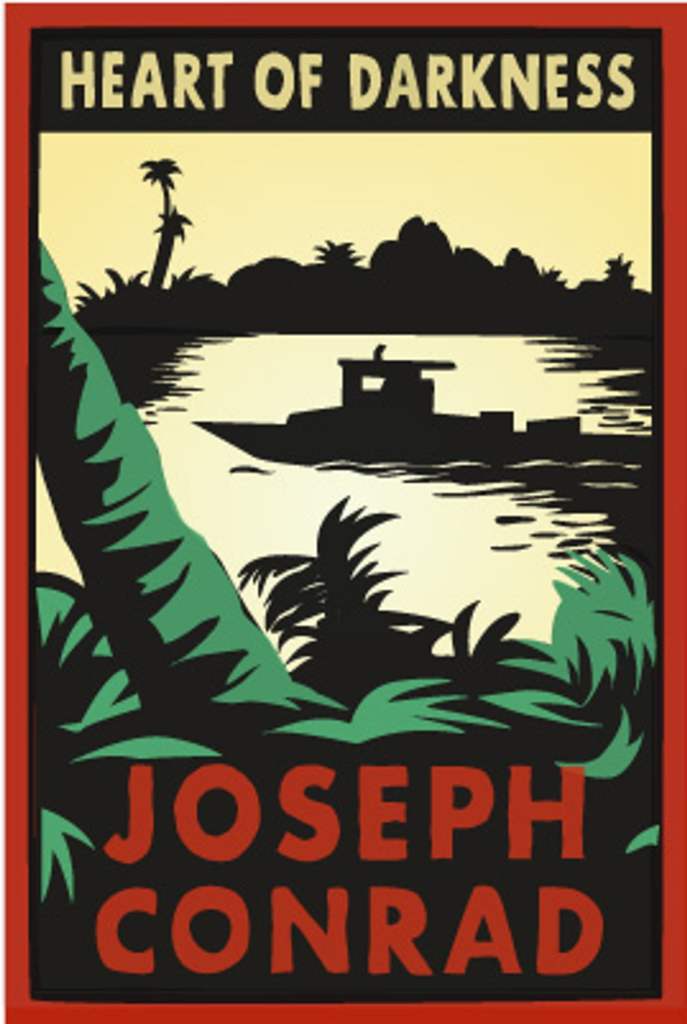
2 thoughts on “Genocide: How King Leopold of Belgium massacred over 10 million Congolese”